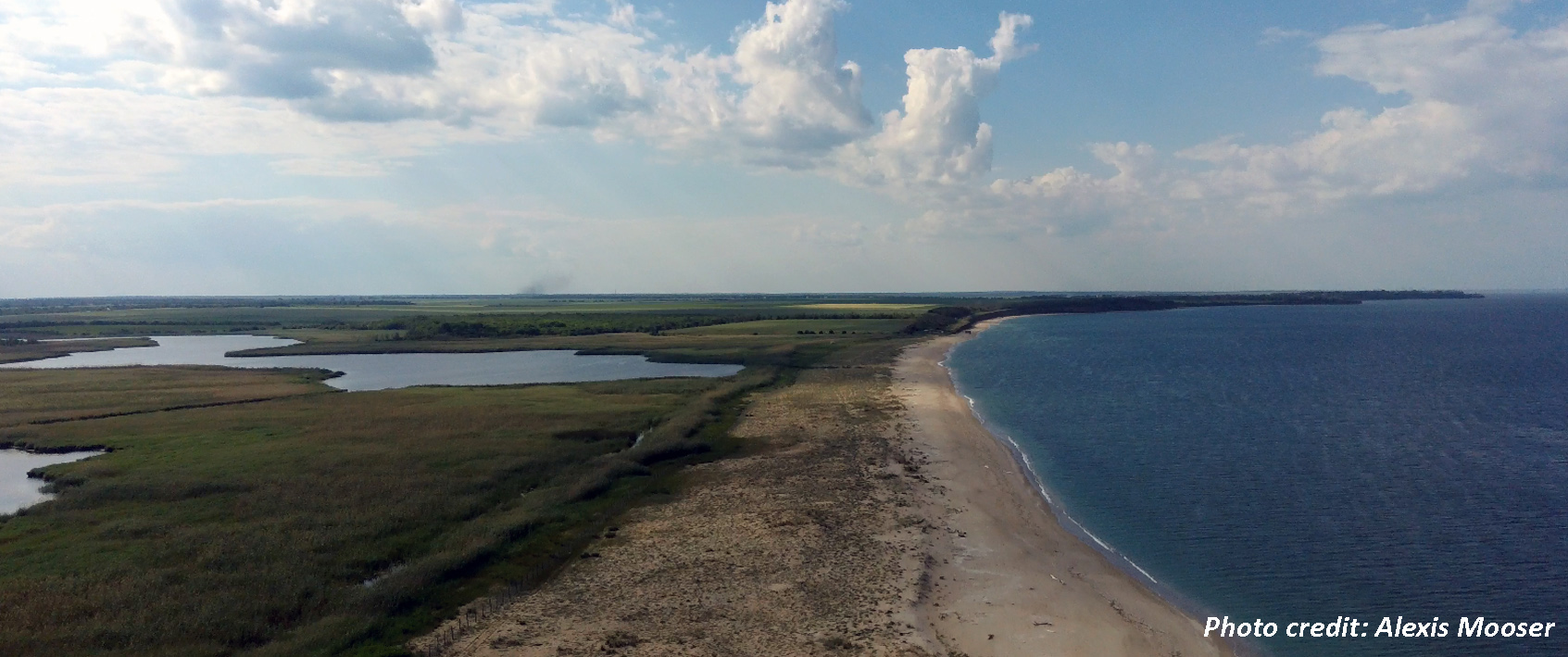
A scoping analysis by the EEA and Wageningen University & Research is the first attempt to classify the different European Nature Information Network (EUNIS) habitat types of terrestrial and marine ecosystems according to their carbon stocks and carbon sequestration capacities. The study aims to create a baseline for further analysis, linking habitat types with carbon storage and sequestration capacities to support nature restoration and conservation, as well as climate mitigation policies. The data and findings presented are based on a literature review, expert knowledge and interpretation of existing studies from inside and, in some cases, outside the 27 EU Member States (EU-27).
Climate change mitigation and nature restoration are two sides of the same coin when it comes to achieving two main objectives of the European Green Deal; climate neutrality and increasing the EU’s natural capital. Well-functioning habitats can take up and store large amounts of carbon, reducing atmospheric CO2 levels and greenhouse gas emissions from land use practices. To use nature’s full potential, we need to know (1) the carbon storage and sequestration potential of European habitats in their present condition and how much carbon can be used to meet EU emissions policy targets; and (2) the measures available to increase carbon storage in habitats, and the synergies and trade-offs between these measures and ecosystem function. The EEA briefing addresses these questions.
The Briefing Key messages are:
• Ecosystems play an important and irreplaceable role in cycling and storing carbon, such as in forests and wetlands, but in many cases implementing measures to increase carbon storage in habitats can have adverse effects on biodiversity and ecosystem services.
• Uncertainties in quantitative estimates of carbon storage and sequestration in many ecosystems are high, making it difficult to quantify the impact of nature restoration on climate change mitigation policies in Europe. This calls for further biogeographical differentiation and validation with data from monitoring and measurements, and for better spatial delineation of habitats across Europe’s land and seas.
• Measures to increase carbon storage will need to be carefully considered to ensure that climate change mitigation policy and actions, such as expanding biofuel production, will not result in loss of biodiversity and hence unnecessarily affect conservation and restoration objectives.
• A variety of measures can improve carbon storage in habitats, from stopping the emissions of greenhouse gases from drained peatlands to adjusting the management of forests and agricultural land to increase carbon stocks in vegetation and soil.
• Measures to stimulate and/or safeguard carbon storage in the marine environment need urgent attention, since only a limited number of marine habitats have been considered to date. The success of measures depends on the current condition of the habitat, and they often take decades to take effect, thus realising only a limited amount of carbon sequestration and storage potential within the timeframe of the policy implementation process.
Originally published by EEA
